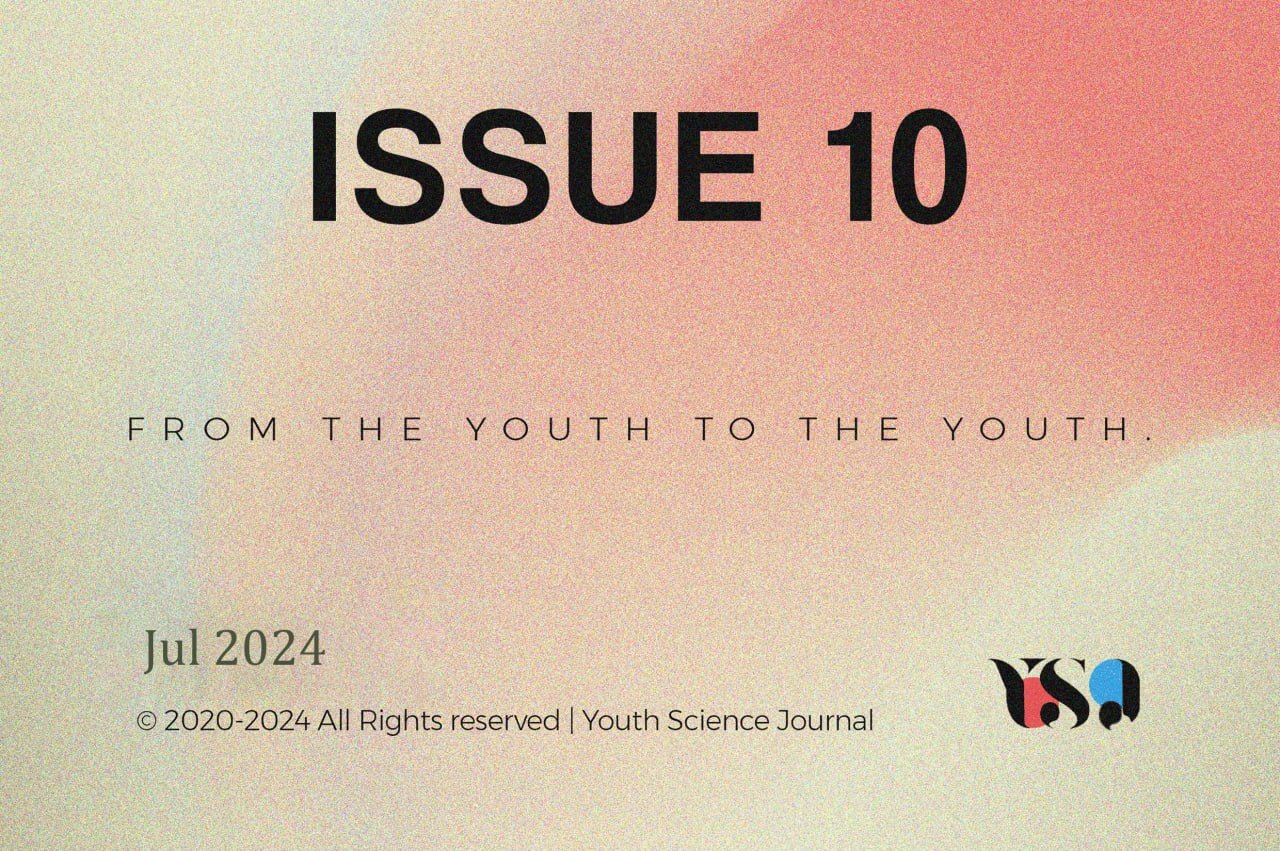Abstract
SCD is a serious inherited hemoglobinopathy that was responsible for the mortality of 376000 patients in 2021. The number of infants born with this genetic disorder was raised by 13.7% within the time interval from 2000 to 2021. Its fetal complications and painful VOC episodes are associated with a reduced quality of life and hospitalization and healthcare burden. Most SCD therapies are symptom-managing focused rather than curing the disease itself. This study mainly focused on the most life-threatening complications including cardiovascular complications and acute splenic sequestration, medications managing or curing them including hydroxyurea (HU) and gene therapy. HU was found to be effective in reducing cell sickling and was associated with improvements in organ functions represented in decreased acute chest syndromes and crises requiring blood transfusion. Its drawbacks were obvious in reduced sperm count and restricting erythroid cells’ growth. Curing SCD gives lentiviral Gene therapy an advantage compared to HU. However, more research should be done on developing gene therapy to find out the reason and solution of malignancies reported in some cases.

